Hundreds of giant viruses that infect bacteria have been discovered. Some seem to deploy CRISPR – the system used for gene editing – to fight their hosts.
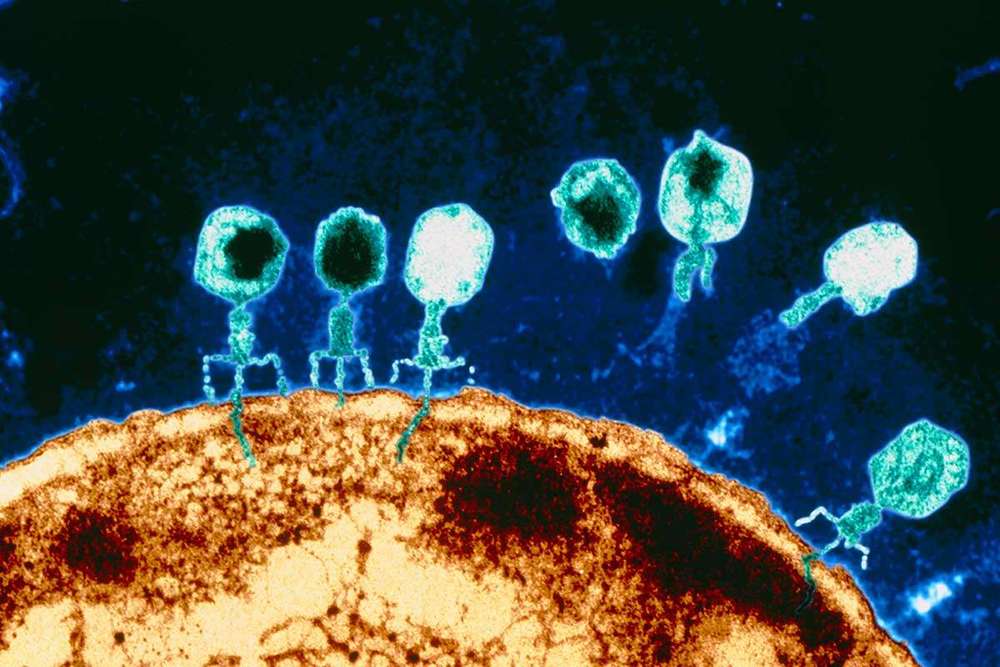

My mission is to drastically improve your life by sharing how you can quickly break bad habits and build and keep new healthy habits. I read the books and do all the research and share my findings with you in my YouTube videos! Not a bad deal, eh?
This video is a book review of Telomere Lengthening: Curing all diseases including cancer & aging by Dr. Bill Andrews and Jon Cornell.
- Dr. Bill Andrew’s Facebook: https://www.facebook.com/telomere.bill.andrews
- Dr. Bill Andrew’s LinkedIn: https://www.linkedin.com/in/william-h-andrews-5455b45/
- Sierra Sciences website: http://www.cure-aging-or-die-trying.com/
- Defy Time’s website where you can buy TAM-818 products: https://defytime.com/
- Watch the documentary “The Immortalists” about Dr. Bill Andrews & Aubrey de Grey: http://theimmortalists.com/watch/?fbclid=IwAR1qDvp7b1fsmN2FJ…8FYKWYT4IY
- Telomere Lengthening: Curing all diseases including cancer & aging by Dr. Bill Andrews and Jon Cornell — book on Amazon: https://www.amazon.com/Telomere-Lengthening-Curing-Disease-I…atfound-20
keywords=telomere+lengthening&qid=1553009067&s=gateway&sr=8–2
- Curing Aging: Bill Andrews on Telomere Basics book on Amazon: https://www.amazon.com/Bill-Andrews-Telomere-Basics-Curing/d…6SQ55SA5JP
- YouTube video- Bill Andrews speech at RAADfest 2018 (Sept 21, San Diego, CA): https://www.youtube.com/watch?v=Mqb1D8Bwkc4
- YouTube video- Human Longevity Project Dr Bill Andrews: https://www.youtube.com/watch?v=-B_nyf-gOu0
- YouTube video- Dr. Bill Andrews, “Telomere Lengthening Resetting the Clock of Aging”: https://www.youtube.com/watch?v=ccs7lXTmlyE
- Life Length’s website: https://lifelength.com/
Dr. Bill Andrews commented on this book review shorting after it was uploaded to YouTube. Here’s Dr. Andrews’ comment: Great Review Brent!!! And, yes, I would love to do an interview with you. And, yes, I am coming out with a new book soon.
The most potent telomerase inducer, TAM818 (www.defytime.com) produces 16% of the amount of telomerase to stop telomere shortening.
Gene Editing is different than Gene Therapy (also called Gene Delivery). In our Gene Therapy (www.libellagt.com) we are delivering (not editing) the telomerase gene to human cells. Liz Parrish did Gene Therapy, not Gene Editing, though she does have big plans of doing Gene Editing also in the future.
My books are also available in other languages at www.defytime.com.
The reason that I wrote both books is to answer all the questions that people ask me when I speak on stage. It’s not meant to be a matter of opinion that needs scientific support. That is because most of what I say is not controversial at all. It is all widely accepted by the scientific community. Adding references would have just made the book more technical than I wanted. Nevertheless, the one chapter on “Telomerase Does Not Cause Cancer” is controversial and so, not only did I provide references, I provided a link so readers could read the full text scientific peer reviewed studies. Other than that chapter both books should be considered just aids to help others explain the field.
The fact that I didn’t include a biography of myself is because the book isn’t about me. I am not trying to promote myself. I am just trying to make the world aware of the field so that more people would take an interest in supporting it; whether it is my lab or others. For those that want to know more about me my bio can be found at https://www.sierrasci.com/bill-andrews-bio.
I sure hope Warren Buffet, Warren Buffet’s friend, or Dr. Peter Attia hear this book review!!!
- Forever Labs 1 year free cryogenic storage discount code ($250 value): BN801
- Forever Labs website: https://foreverlabs.com
- Viome’s website: https://www.viome.com/
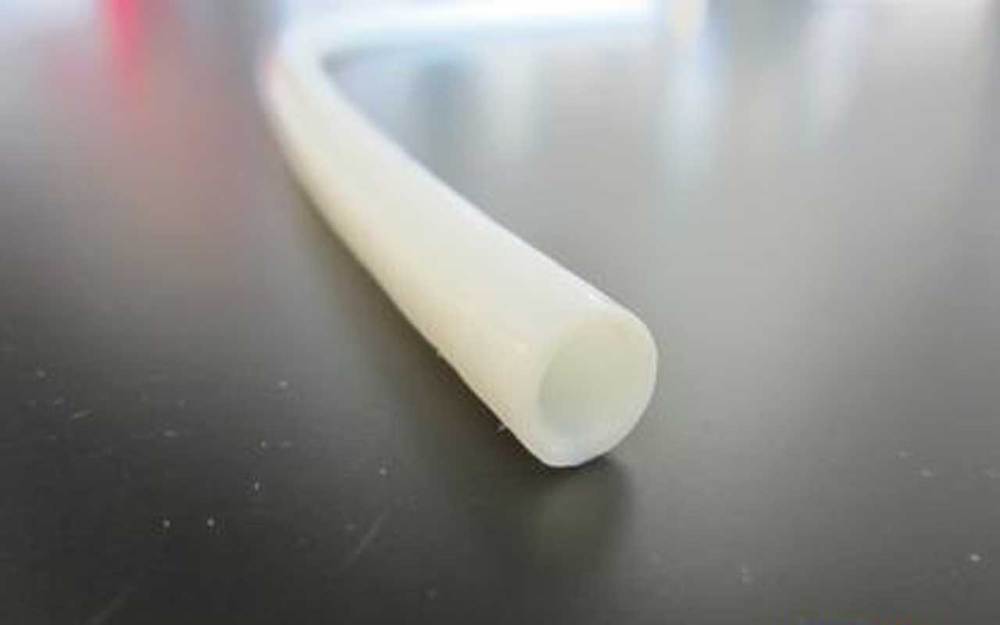
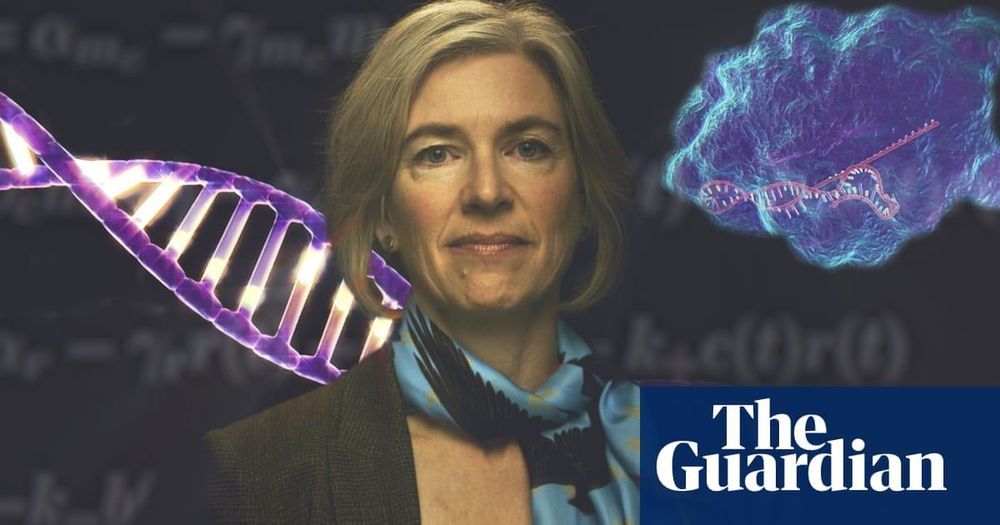
Prof Jennifer Doudna, one the pioneers of Crispr-Cas9 gene editing, explains how this revolutionary discovery enables precise changes to our DNA, which can be used to correct mutations that cause genetic diseases and eradicate them from a germ line. Doudna raises the key issues of debate around gene editing and suggests what will have the most immediate impact.
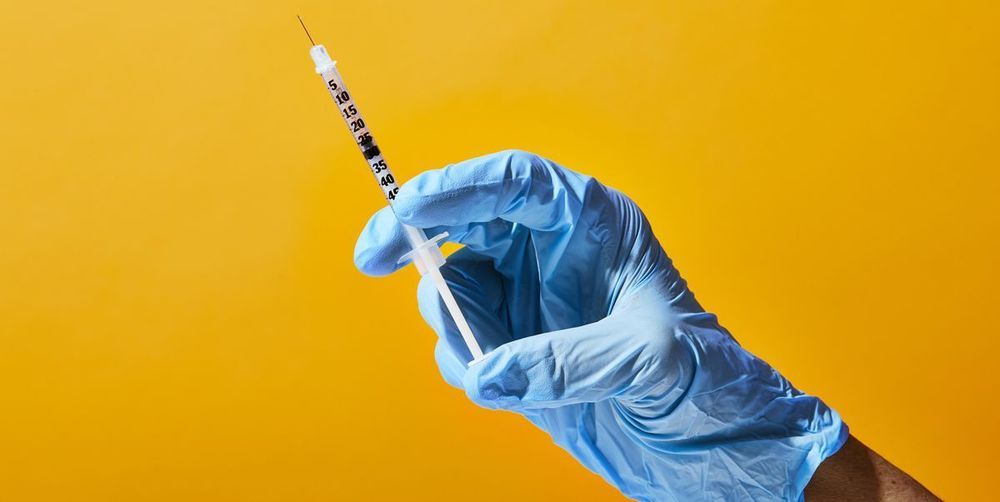
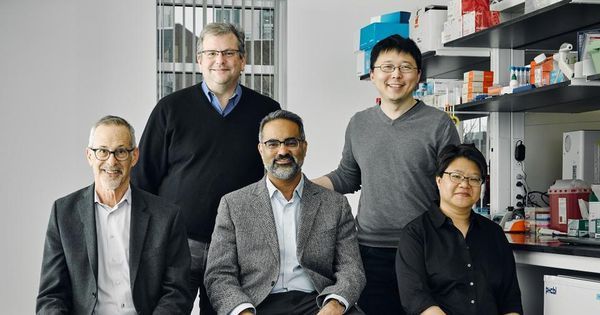
The gene editing technology CRISPR, which has spawned several startups aiming to use the tool to develop new therapies, is now the inspiration for a new company in a less-crowded space: diagnostic testing.
Sherlock Biosciences is launching in Cambridge, Massachusetts, with $35 million in funding. That includes $17.5 million in the form of a non-dilutive grant from the Open Philanthropy Project, an organization primarily funded by Dustin Moskovitz, the billionaire cofounder of Facebook and Asana, and his spouse, Cari Tuna. The Open Philanthropy Project is also making a separate investment in Sherlock, along with other undisclosed investors. CEO Rahul Dhanda says he’s still raising more funding for the company’s Series A.
One of Sherlock Biosciences’ key technologies comes from the Broad Institute lab of Feng Zhang, who did some of the early work elucidating the DNA-modifying potential of CRISPR and its associated enzymes after their discovery in bacteria.
I wonder, if you can turn a 65 year old into a 40 year old, could you not turn around and give that 40 year old another treatment so they rejuvenate to an even younger state?
It is an interesting question because I might be getting near there myself! Anyway, let’s assume we develop sufficiently robust rejuvenation therapies within 20 years that they can effectively reset the clock by say 25 years with the result that a person who is chronologically 65 could be restored to a point where biologically they are 40 it begs the question could an 80 year old be effectively restored to the physiology of a 55 year old? My feeling is that the first generation treatments will in all probability be quite aggressive and invasive involving stem cell therapies, gene therapies and possibly surgical interventions to replace organs created through tissue engineering. So my concern is that whilst a 65 year old or even a fit 70 year old might easily withstand the rigours of these interventions I can’t see this applying to the average person in their 80s, whilst we are not yet at the stage where we have developed all the comprehensive therapies needed we should nevertheless keep in mind we are close and some are already approaching implementation see Suicide of aging cells prolongs life span in mice and also the video below from a few weeks back and it’s clear we are moving fast and might only be 10 to 15 years out if we keep up the current pace.
My concern is that with the senescent cell clearance a large percentage of cells in an 80 year old will be senescent so complete removal were it possible could kill them.
My thought is we might need to consider whether a less comprehensive and aggressive SENS therapy which perhaps for the sake of argument we could call MiniSENS might be useful to pull octogenarians back from the edge, perhaps by say by 10 years at which point they might be strong enough after a period of time to recover that they could handle a more intensive treatment which would yield further long term health benefits. It is just a thought but it might be something we need to think about because it would extend the age range of the people who could benefit from SENS strategies.